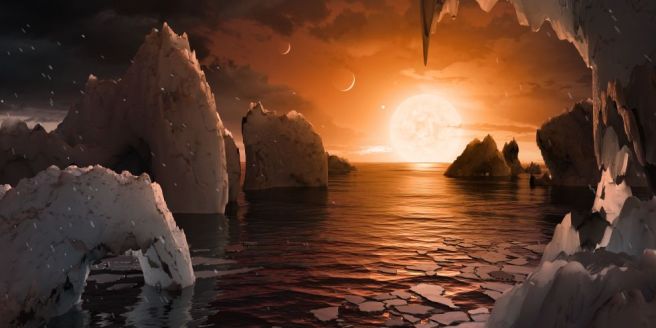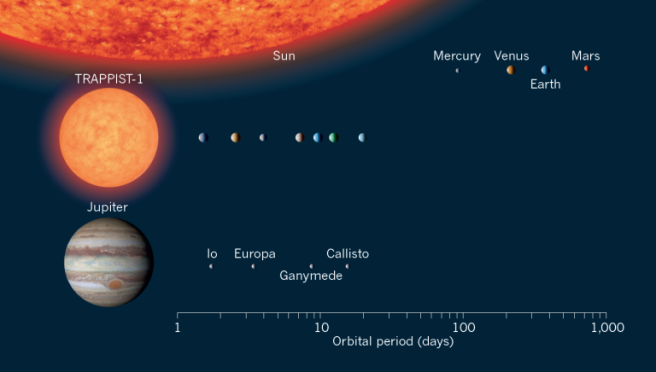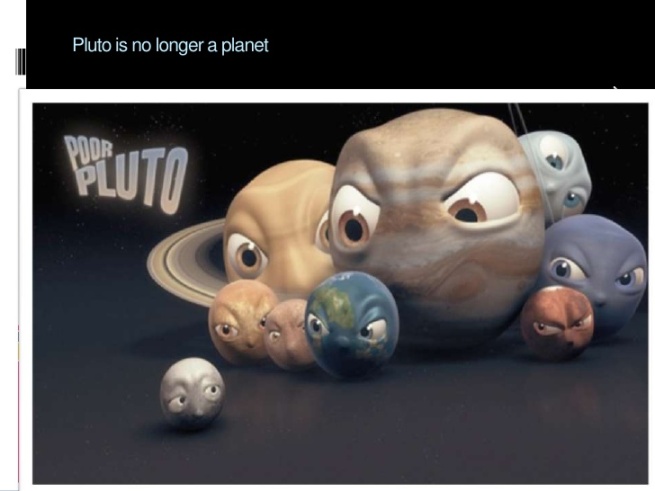
Comet Hale-Bopp, also known as the The Great Comet of 1997, was a comet that appeared in – you guessed it – 1997. It was first discovered in 1995 by both Alan Hale and Thomas Bopp, after whom it was named. It was first visible in mid 1996, but did not reach its brightest until mid 1997. It was visible for a total of 18 months, which is the longest a comet has been visible in recorded history. This time span is twice as long as the previous record of 9 months held by “The Great Comet of 1811”, appearing in the year of – *gasp* – 1811. The comet was brighter than all but one star and was even visible in many crowded cities. If you’re wondering when this comet will pass by planet Earth so we may witness its greatness once again, you’re out of luck. The comet won’t return until around the year 4385. If you’d like to see it, you’ll unfortunately have to cryogenically freeze yourself. Sadly, many of the members of ASTR 2110 were not alive at the time of the comet’s passing, and those who were were only babies. I myself was not born until 12 months after the comet’s appearance. Do you think we will ever see a comet that lasts as long as Hale-Bopp? To what lengths would you go to see it?














